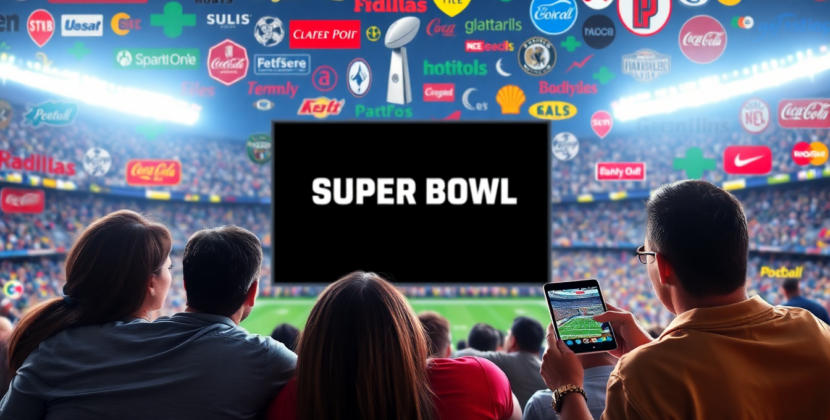
Latest post
Popular Posts
How Trump is rallying partners for his trade offensive against China (127)
- Nadia Al-Masri
- April 12, 2025

What we know about the Dominican nightclub collapse and its victims (114)
- Nadia Al-Masri
- April 11, 2025
Category: Advertising
- Home
- Advertising
Popular Post
How Trump is rallying partners for his trade offensive against China (127)
- Nadia Al-Masri
- April 12, 2025

What we know about the Dominican nightclub collapse and its victims (114)
- Nadia Al-Masri
- April 11, 2025
Newsletter
Weather
haze
31℃
32º - 28º
humidity: 71%
wind: 5 km/h
-
32℃Mon
-
29℃Tue
-
28℃Wed
-
30℃Thu
-
32℃Fri
-
29℃Sat
Advertisement
Advertisement






